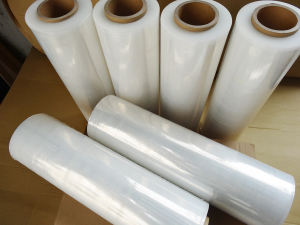
We want to get a good film. If it’s wrapped well, it will work better. Reducing film cost is not the purpose of stretching packaging. What you want to do is get the right restraining force in the lowest movie cost. If the operator wants to overcome the fracture of the membrane, it needs to be realized by reducing the force exerted on the load. This results in a loss of deterrence, unless they want to make up for it by adding more films. This is often overlooked by them, and the likelihood of bad things happening in transit is greatly increased. In general, the thinner the membrane, the lower the package force will be, and the excess film will not be needed, as can be applied. The return of film scale and pretension level decreases. We have to be very careful when choosing these. Better to go up high. With more control (more film) in the top and bottom of the load, most of the load is usually not in the middle. If these loads do not have any damage or transportation problems, if you want to deal with the whole load, the control in the center is sufficient. Generally speaking, the cost reduction will occur at the top and bottom, and the cost will be reduced. If starting from where you’re not sure, a good 70 or 80 degree stretch of stretch film pre-stretching 2000% can be tried. A very good mixing quality is provided by it, and it also provides minimal film fragmentation, acceptable film costs, wide variety of load types, and so on.
We have the Settings here:
When we adjust the new load of the packaging, the starting place is the speed of the turntable or the wrapping arm. If you work to a speed, the load can be processed. In fact, we all know it’s not fun to reload.